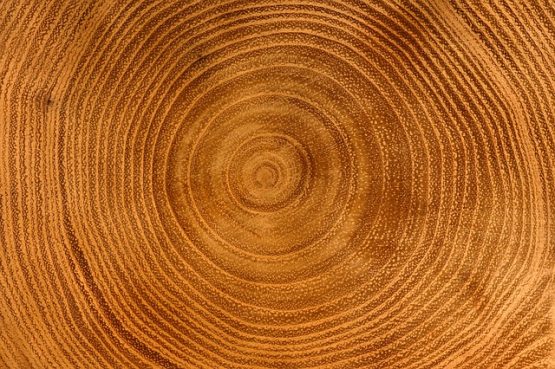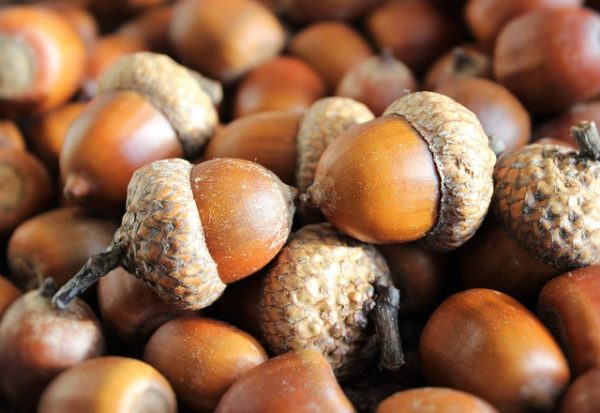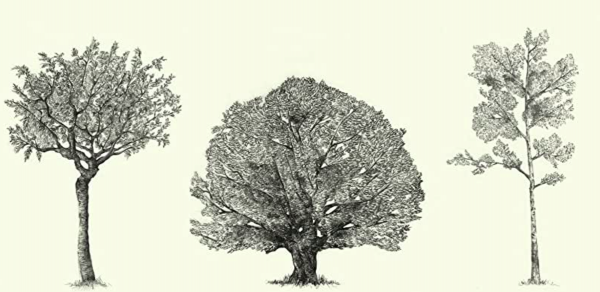
The Linden tree I am thinking about is the one in front of my childhood home in Irvington, New Jersey whose top branches filled one of my bedroom window views.
The tree gave off a perfume when the whitish, pale yellow flowers came in late May and June. It meant school was ending and summer was not far off. The flowers’ scent is described as “lightly floral, similar to honeysuckle or jasmine, but with added hints of honey and lemon.”
The leaves of many Linden species are heart-shaped, which is why Linden trees are also called trees of love. The tree’s seeds looked to me to be a canoe with two seeds hanging from it. They are distinctive enough that even if you know nothing about trees if you see them on the ground, look up to see a Linden tree.

Cars left under the trees can quickly become coated with a film of syrupy “honeydew.” Ants and aphids are said to “farm” the sweet product.
Tilia is a genus of about 30 species of trees or bushes, native throughout most of the temperate Northern Hemisphere. The tree is known as Linden for the European species. The North American species is called basswood, though I never heard anyone refer to the trees in my town as basswoods. Irvington has a Linden Avenue and I think that is a common name in many towns. I’m guessing that at one time there were more Linden trees planted on that block but I wasn’t much tuned into tree . In Britain and Ireland, they are commonly called lime trees, although they are not related to citrus limes.
If you are into word origins, “lime” is an altered form of Middle English lind, in the 16th century, cognate to Latin lentus “flexible” and within Germanic languages, English “lithe” and Dutch/German lind for “lenient, yielding” are from the same root. Originally, “linden” was an adjective, “made from linwood or lime-wood” (equivalent to “wooden” or “oaken”).

There is also a popular belief that the Linden tree has healing properties. Linden flower tea and Linden charcoal are said to have beneficial health properties. I have made tea from Linden leaves – both self-harvested and purchased. I typically use a little bear teapot that my mother got me when I first started drinking tea in my childhood. I think I was influenced by children’s books from England like the Pooh stories, Alice in Wonderland, and The Wind in the Willows where characters always seemed to be having tea parties.
Linden tea is supposed to help with relaxation, inflammation, pain, sleep, and digestion.

In ancient Greece and Rome, this tree was a symbol of friendship and tender, faithful love. Many European peoples, especially those of Slavic origin, elevated the Linden tree to a ritual tree that became an object of worship. Maybe my father’s parents from Slovakia (which had been Czechoslovakia and had been Austria-Hungary when my grandparents were born there) imparted some Linden tree in my blood.
Trees played important roles for all ancient peoples. As with other trees, the Linden figured into mythologies, and folk tales and often had not only healing but mystical powers.
Greek mythology links the origin of the Linden tree with the story of the fairy named Filira who was seduced by Cronos (metamorphosed into a horse) gave birth to the centaur Chiron and transformed herself into a Linden tree. In Greece and Eastern Europe, the Linden tree was used in numerous rituals, including divination, marriage, fertility, and healing.
In Romania and other Slavic countries, the Linden held a divine presence and was thought to be a link between life and death. In Germany, the tree symbolized justice and peace. In China, the Linden tree is named the tree of forgetfulness because its energy is soft and gentle and it offers the sensation of warmth and peace.
American Linden was cultivated in North America as early as 1752. The tree’s flowers are attractive to bees and Linden is an important source of excellent honey. Hollow Linden trees found in the woods are often filled with honey. The attractive white wood of Linden is often used for beehive honey frames.
Linden trees are usually long-lived, but I haven’t found many in my new hometown. There is no Linden tree outside my bedroom window seducing me with its honey aroma. Even if there was one there, I doubt it could match the tree of my childhood. Rather than the Chinese tree of forgetfulness, the Linden is for me a tree of remembrance.

via www.twenty.si
















